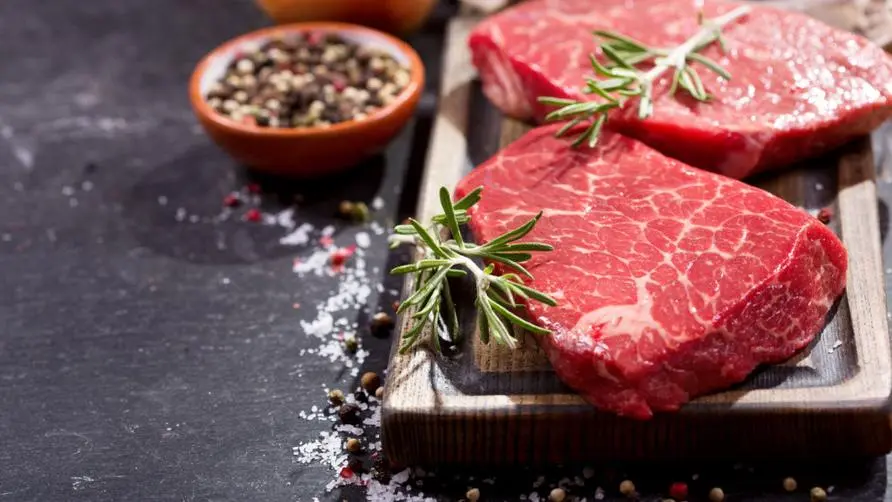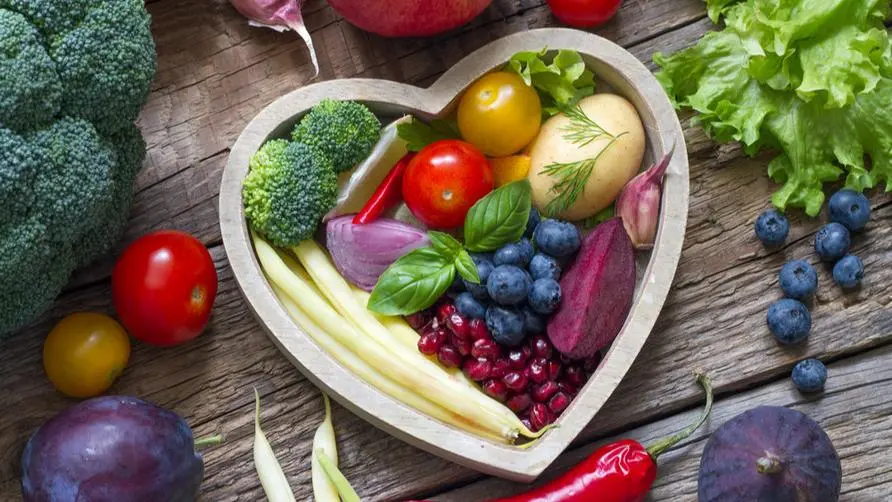Is eating noodles actually super unhealthy? Nutritionists name 7 "high-salt" noodles: Eating too much may lead to obesity and high blood pressure

Is pasta actually super unhealthy? Could eating too much lead to obesity and high blood pressure?
In Taiwan’s food culture, “noodles” occupy a vital position; but if you love eating noodles too much, may it cause hidden dangers to your health? Manman Nutritionist stated in a social post that the “wheat noodles” that people usually eat, such as instant noodles, pasta, oil noodles, ramen noodles, and noodles, are added with refined salt during the production process, which is similar to rice, which is also the staple food. In comparison, you will eat 300-900 mg more sodium for the same weight.
Manman nutritionists pointed out that according to the results of the 2014-2017 National Nutrition and Health Status Survey, the average sodium intake of all Taiwanese people is 3500 mg; not only does it exceed the WHO recommended adult daily sodium intake (less than 2000 mg), but it also exceeds the Taiwanese population. Dietary Guidelines (no more than 2400 mg, approximately equal to 6 g of salt, about one teaspoon), and Taiwanese people over 7 years old generally exceed the standard.
An analysis of the food sources of sodium intake found that the first place was “salt or seasonings added during eating or cooking”, the second place was “processed or seasoned foods”, and in this category “wheat-based foods” Noodles are the food with the highest sodium intake among Taiwanese people. Manman nutritionists remind the public that excessive sodium intake may be related to the following health problems:
Obesity: Usually, groups with high sodium intake are also accompanied by high calorie intake. Coupled with the general preference for “heavy-flavored foods” in people’s eating habits, past studies have found that for groups with higher sodium intake, their BMI will significantly increase by 1.24 kg/m2, and their waist circumference will significantly increase by 4.75 cm.
High blood pressure: High sodium intake can easily cause the body to accumulate more water. In addition, high sodium may also stimulate sympathetic nerves and disrupt normal blood pressure regulation, further causing blood pressure to rise. Long-term high blood pressure will increase the risk of stroke, coronary heart disease and other diseases.
Kidney disease: High sodium intake will be accompanied by increased urinary calcium excretion, increasing the chance of kidney stones or urinary tract stones. Coupled with elevated blood pressure, it is also easy to cause damage to the kidneys, which are full of small blood vessels, further increasing the risk of kidney disease.
Ramen, fried noodles, and hot pot pasta are all on the list! 7 “High Salt Value” Noodles You Should Eat Less
As for the common types of noodles with “high salt value” in daily life? Manman nutritionist lists the sodium content of 7 types of noodles as follows:
Shou noodles (or white noodles): sodium content is about 2,874 mg.
Shredded chicken noodles: sodium content is about 2,450 mg.
Pot-roasted pasta: sodium content is about 990 mg.
Red noodles: sodium content is about 752 mg.
Oil noodles: Sodium content is about 712 mg.
Pasta: sodium content is about 572 mg.
Ramen noodles: Sodium content is about 429 mg.
How to eat noodles healthily and avoid high sodium? Nutritionists recommend doing “4 things” first
Manman nutritionist said that if you want to taste the texture of noodles but don’t want to eat too much sodium, you can refer to the following four methods:
Select the sodium-reduced hexahedron. Noodles with reduced sodium and low calories such as konjac noodles and tofu noodles; for pasta, you can choose macaroni and shell noodles; rice noodles such as rice noodles, rice noodles, rice noodles, brown rice noodles, or soy noodles such as Winter noodles and vermicelli are options with lower calories and less sodium than traditional noodles. The key to reducing sodium is to reduce the use of refined salt, sauces, and seasonings when cooking, and to use spicy foods such as onions, ginger, and garlic for seasoning.
Pay attention to nutrition labels. Remember to check the nutrition label when choosing noodles. Foods with sodium content exceeding 600mg per 100g are considered high-sodium foods.
Reduce the frequency of eating noodles. Eat noodles no more than 4 times a week, especially pasta eaten out, which usually contains high sodium content. When choosing staple food, it is recommended to mainly use unrefined whole grains and eat them with vegetables and meat to ensure balanced nutrition.
Serve with fresh vegetables. Fresh vegetables are rich in the mineral “potassium”, which can help the body excrete excess sodium.
Finally, Manman nutritionists remind the public that if you are in the weight loss stage and have questions about whether you should reduce pasta or about the content of your diet, you can actively ask a doctor or nutritionist to formulate a personal diet strategy, and do not listen to wrong weight loss advice. Overweight methods or buying drugs from unknown sources will not only easily lead to failure in weight loss, but also risk harming the body.
Further reading:





